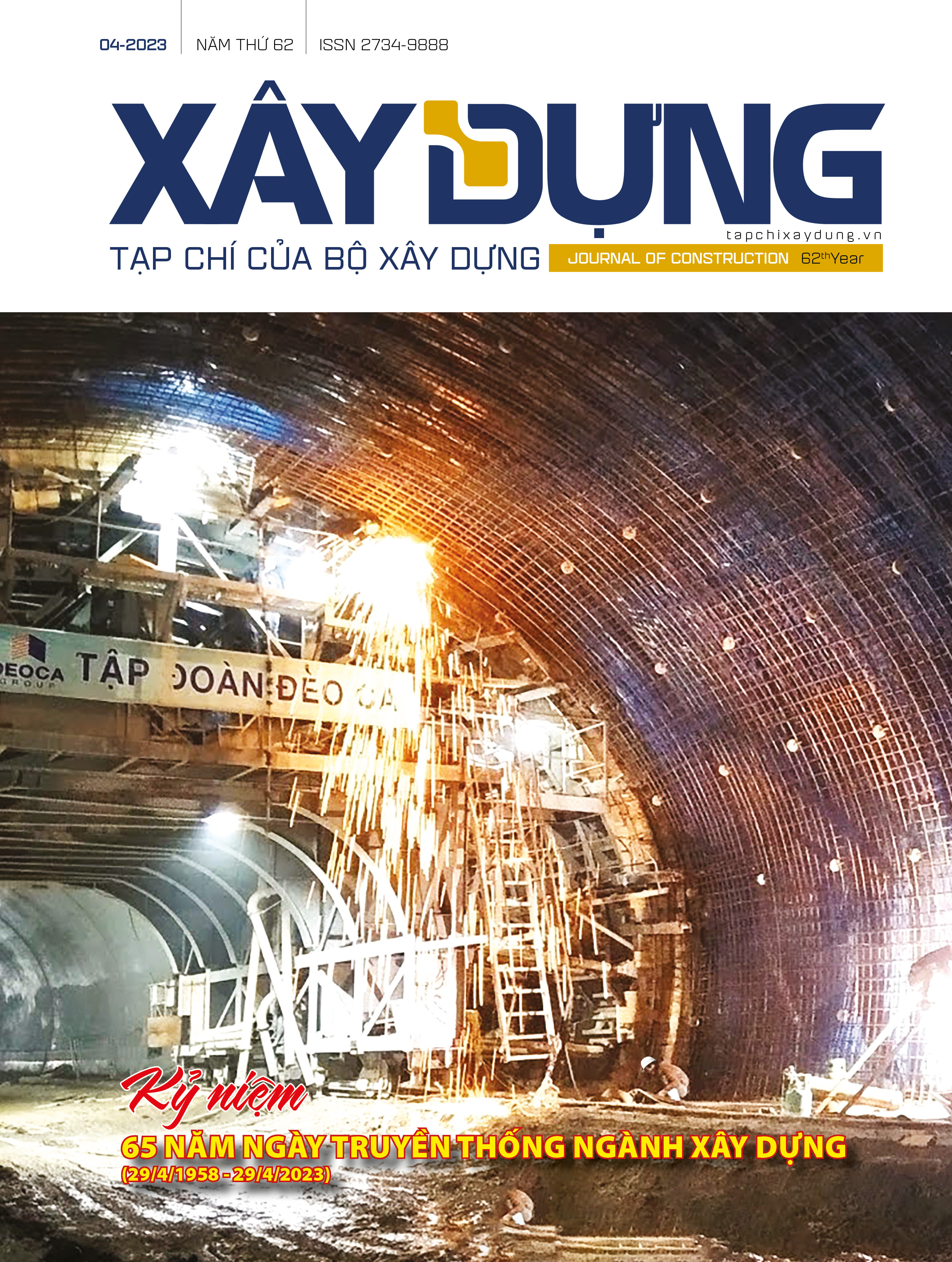Application of LightGBM algorithm for regression problem of predicting load-carrying capacity of steel trusses using direct analysis
Abstract
Machine learning techniques based on artificial intelligence are developing very rapidly and showing great effectiveness in many areas of life including building design. Machine learning techniques are often built on complex theories and structures, requiring users to have a certain level of understanding to use them effectively. In addition, for each different type of problem, the efficiency of machine learning algorithms also changes. In order to provide design engineers with a useful reference on the application of machine learning in building design, in this paper, the author introduces the LightGBM (light gradient boosting machine) machine learning algorithm for the problem. Regression estimates the load-carrying capacity of steel trusses. Direct analysis taking into account nonlinear inelasticity is used to determine the load-carrying capacity of the building. On that basis, the training dataset will be built with the input variable being the cross-section of the truss rod and the output being the load-bearing factor of the building. A 113-bar planar steel bridge is considered to demonstrate the performance of LightGBM. Calculation results show that LightGBM has high accuracy in estimating the load-carrying capacity of nonlinear truss structures and can be applied to support daily design work.
Keyword: Machine learning; trusses; LightGBM; direct design.

